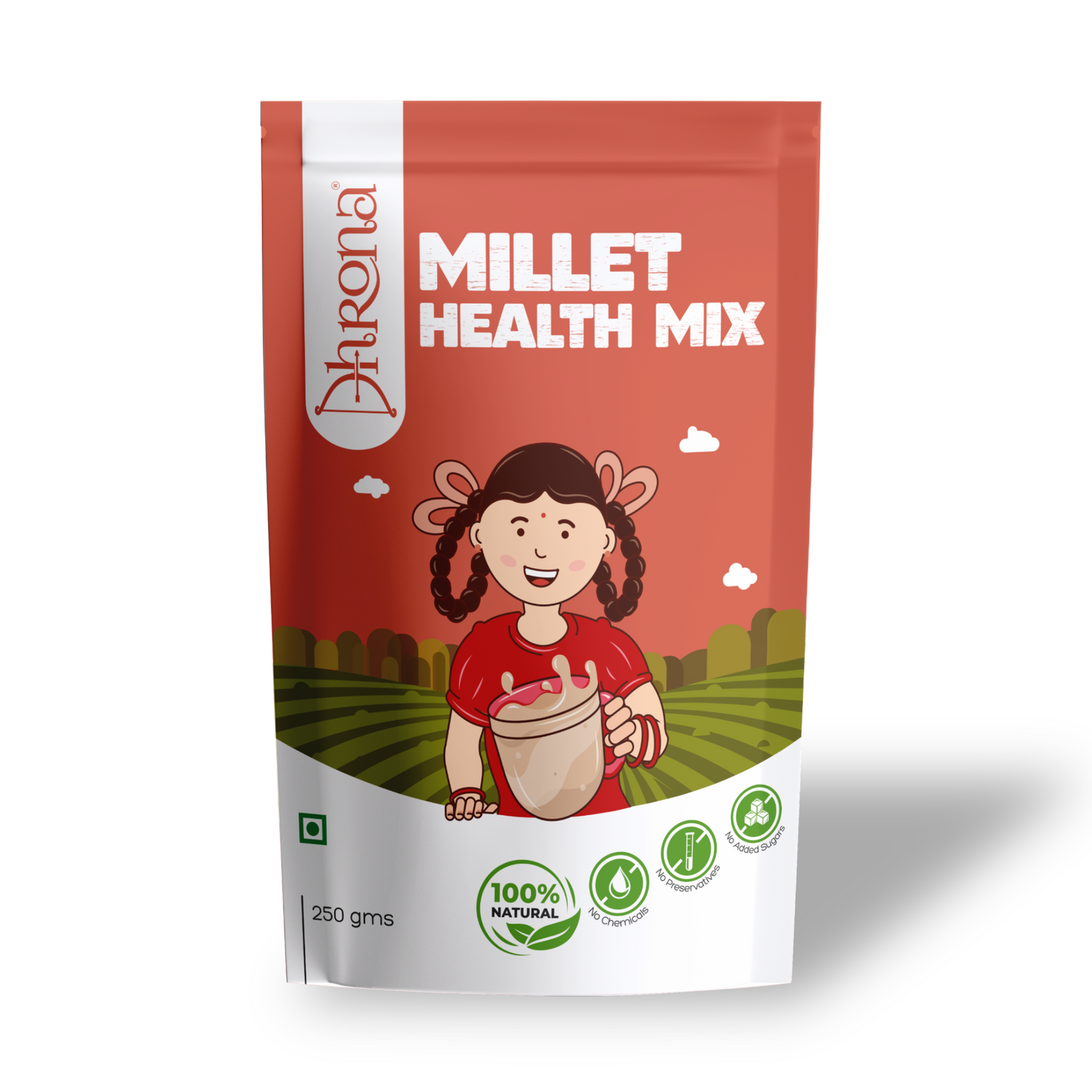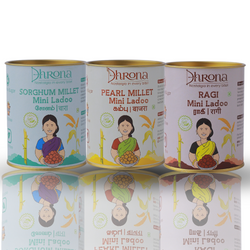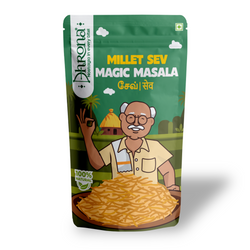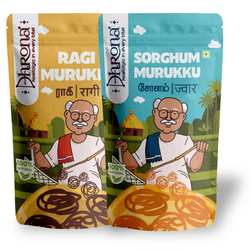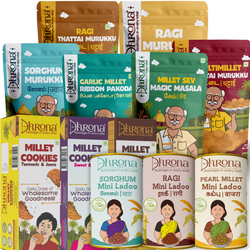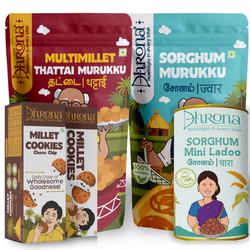You will not be allowed to compare more than 4 products at a time
View compareWhat Does INS Mean in Food Labels?
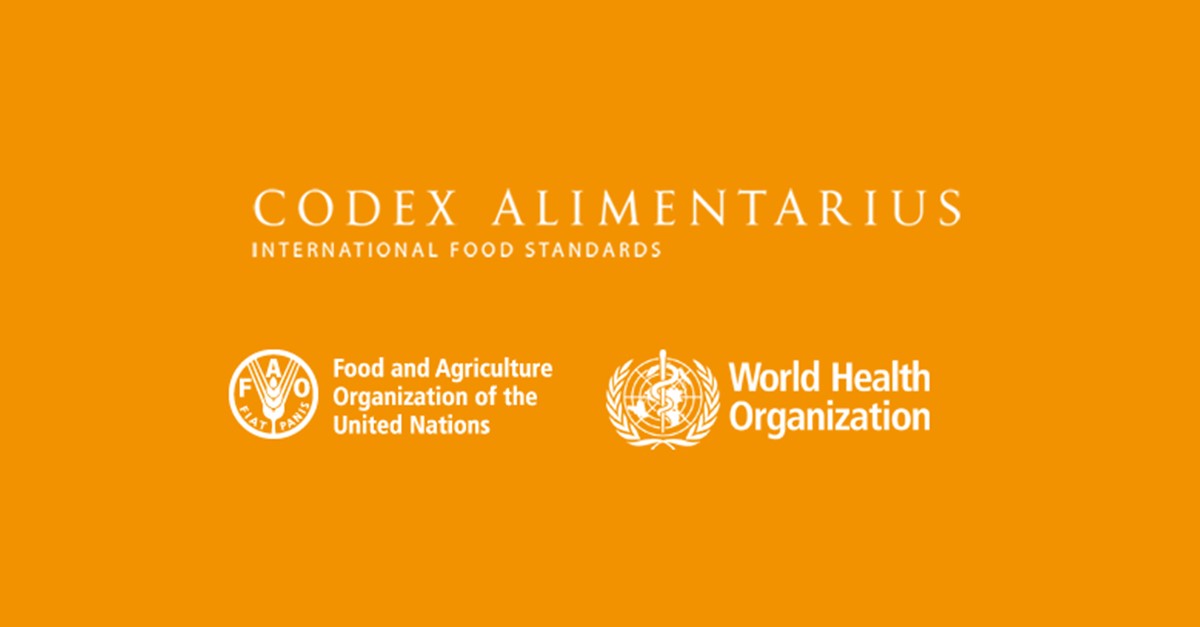
🌍What is INS?
🧪 Why Are Food Additives Used?

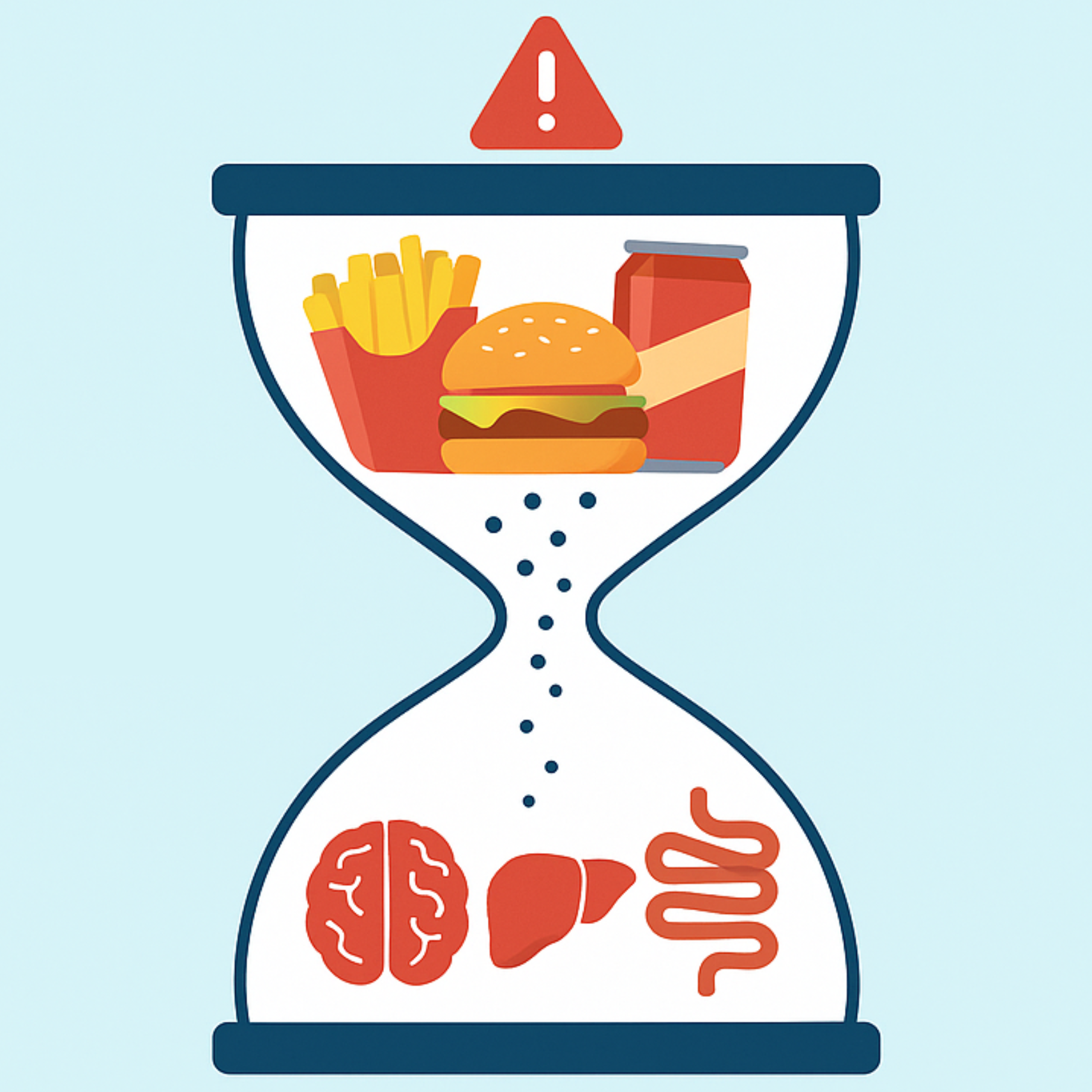
⚠️ Long-Term Consumption – A Word of Caution
Here are 20+ Common Food Additives You Eat Every Day
1. INS 100 – Curcumin
Found in: Mustard, sauces, snacks
Harms: Generally safe, but high doses may cause stomach upset
2. INS 102 – Tartrazine (Yellow 5)
Found in: Soft drinks, candies
Harms: Hyperactivity, allergic reactions
3. INS 110 – Sunset Yellow FCF
Found in: Ice creams, desserts
Harms: Possible allergic reactions, hyperactivity
4. INS 120 – Cochineal (Carmine)
Found in: Yogurt, candies
Harms: Allergic reactions in sensitive individuals
5. INS 124 – Ponceau 4R
Found in: Jams, desserts
Harms: Potential carcinogen, allergic reactions
6. INS 133 – Brilliant Blue FCF
Found in: Drinks, candies, jelly
Harms: Hyperactivity, potential skin reactions
7. INS 150d – Caramel IV
Found in: Cola drinks, soy sauce
Harms: May contain contaminants linked to cancer
8. INS 160b – Annatto
Found in: Cheese, butter
Harms: Rare allergic reactions
9. INS 200 – Sorbic acid
Found in: Baked goods, cheese
Harms: May irritate skin and eyes
10. INS 202 – Potassium sorbate
Found in: Jams, wine, baked goods
Harms: Skin irritation, nausea
11. INS 211 – Sodium benzoate
Found in: Soft drinks, pickles
Harms: Linked to hyperactivity, may form benzene
12. INS 220 – Sulphur dioxide
Found in: Dried fruits, wine
Harms: Asthma attacks, headaches
13. INS 249 – Potassium nitrite
Found in: Cured meats
Harms: Can form carcinogenic nitrosamines
14. INS 270 – Lactic acid
Found in: Dairy, pickles, beverages
Harms: Generally safe
15. INS 296 – Malic acid
Found in: Fruit-flavored candy, drinks
Harms: High amounts may cause digestive discomfort
16. INS 322 – Lecithin
Found in: Chocolates, margarine
Harms: Generally safe
17. INS 330 – Citric acid
Found in: Soft drinks, sour candies
Harms: Tooth enamel erosion in excess
18. INS 334 – Tartaric acid
Found in: Effervescent drinks, baking powder
Harms: May cause gastrointestinal upset in high doses
19. INS 415 – Xanthan gum
Found in: Salad dressings, sauces
Harms: Bloating, gas in sensitive individuals
20. INS 551 – Silicon dioxide
Found in: Powdered spices, salt, coffee creamers
Harms: Generally safe; excessive inhalation (in industry) may be harmful
21. INS 621 – Monosodium glutamate (MSG)
Found in: Soups, chips, Chinese food
Harms: Headaches, nausea (in sensitive individuals)
22. INS 951 – Aspartame
Found in: Diet sodas, sugar-free gums
Harms: Headaches, controversial links to neurological effects
| S.No | INS Number | Name | Commonly Found In | Harms |
|---|---|---|---|---|
| 1 | 100 | Curcumin | Mustard, sauces, snacks | Generally safe, but high doses may cause stomach upset |
| 2 | 102 | Tartrazine (Yellow 5) | Soft drinks, candies | Hyperactivity, allergic reactions |
| 3 | 110 | Sunset Yellow FCF | Ice creams, desserts | Possible allergic reactions, hyperactivity |
| 4 | 120 | Cochineal (Carmine) | Yogurt, candies | Allergic reactions in sensitive individuals |
| 5 | 124 | Ponceau 4R | Jams, desserts | Potential carcinogen, allergic reactions |
| 6 | 133 | Brilliant Blue FCF | Drinks, candies, jelly | Hyperactivity, potential skin reactions |
| 7 | 150d | Caramel IV | Cola drinks, soy sauce | May contain contaminants linked to cancer |
| 8 | 160b | Annatto | Cheese, butter | Rare allergic reactions |
| 9 | 200 | Sorbic acid | Baked goods, cheese | May irritate skin and eyes |
| 10 | 202 | Potassium sorbate | Jams, wine, baked goods | Skin irritation, nausea |
| 11 | 211 | Sodium benzoate | Soft drinks, pickles | Linked to hyperactivity, may form benzene |
| 12 | 220 | Sulphur dioxide | Dried fruits, wine | Asthma attacks, headaches |
| 13 | 249 | Potassium nitrite | Cured meats | Can form carcinogenic nitrosamines |
| 14 | 270 | Lactic acid | Dairy, pickles, beverages | Generally safe |
| 15 | 296 | Malic acid | Fruit-flavored candy, drinks | High amounts may cause digestive discomfort |
| 16 | 322 | Lecithin | Chocolates, margarine | Generally safe |
| 17 | 330 | Citric acid | Soft drinks, sour candies | Tooth enamel erosion in excess |
| 18 | 334 | Tartaric acid | Effervescent drinks, baking powder | May cause gastrointestinal upset in high doses |
| 19 | 415 | Xanthan gum | Salad dressings, sauces | Bloating, gas in sensitive individuals |
| 20 | 551 | Silicon dioxide | Powdered spices, salt, creamers | Generally safe; excess inhalation harmful |
| 21 | 621 | Monosodium glutamate (MSG) | Soups, chips, Chinese food | Headaches, nausea (in sensitive people) |
| 22 | 951 | Aspartame | Diet sodas, sugar-free gums | Headaches, possible neurological links |

